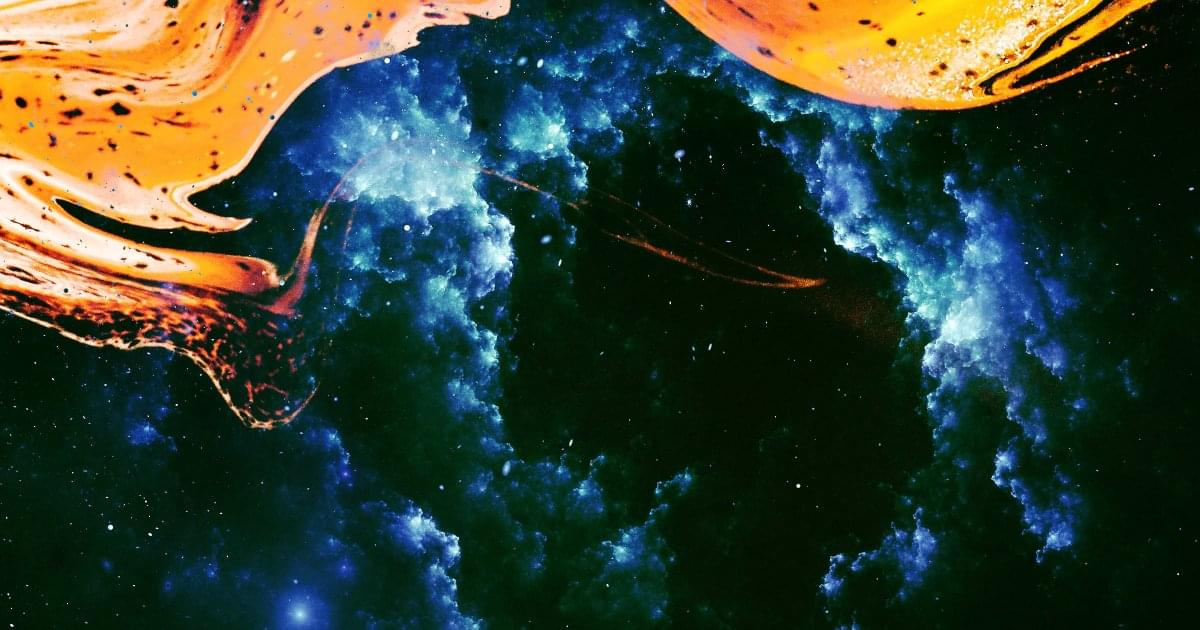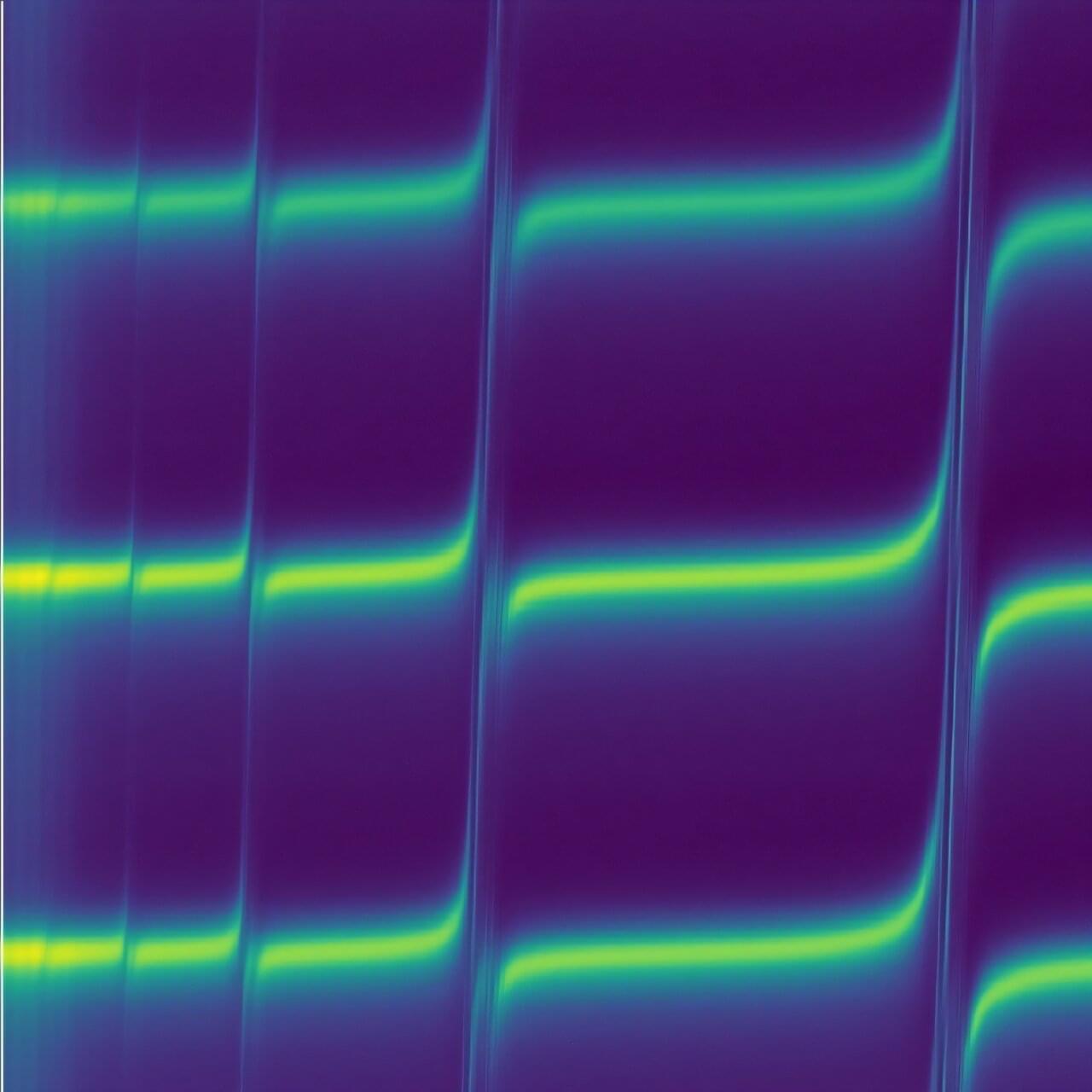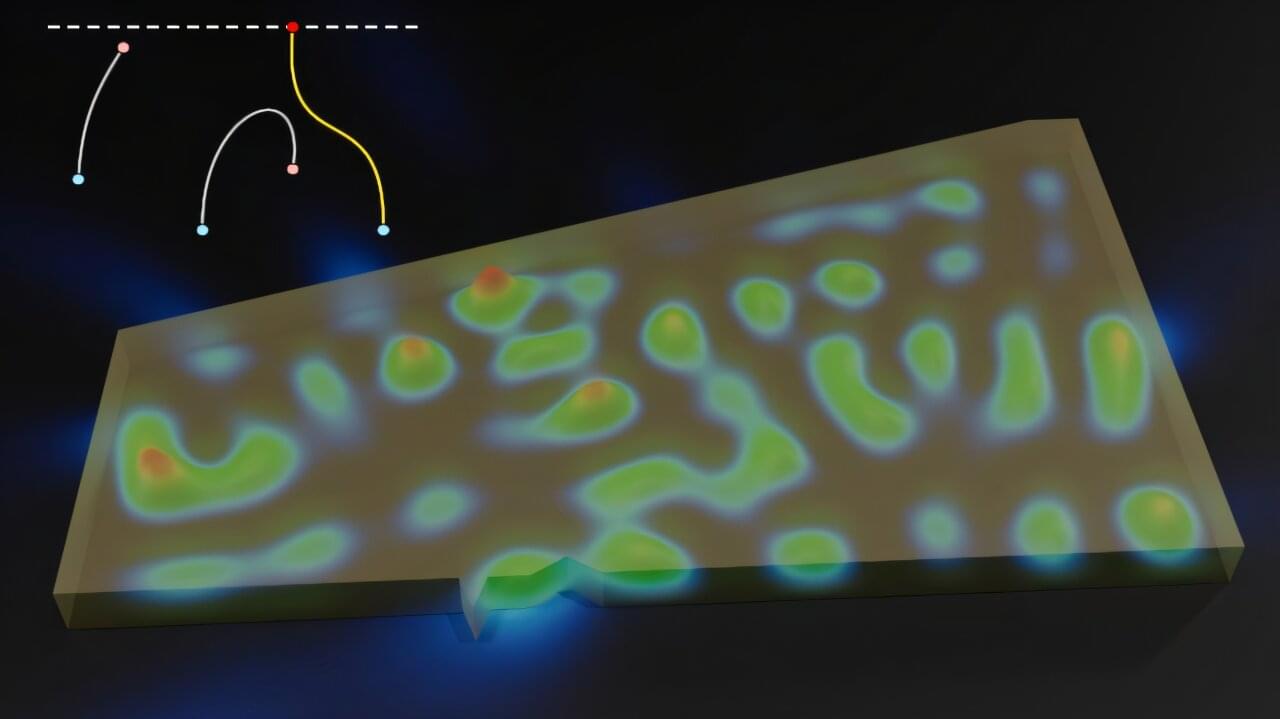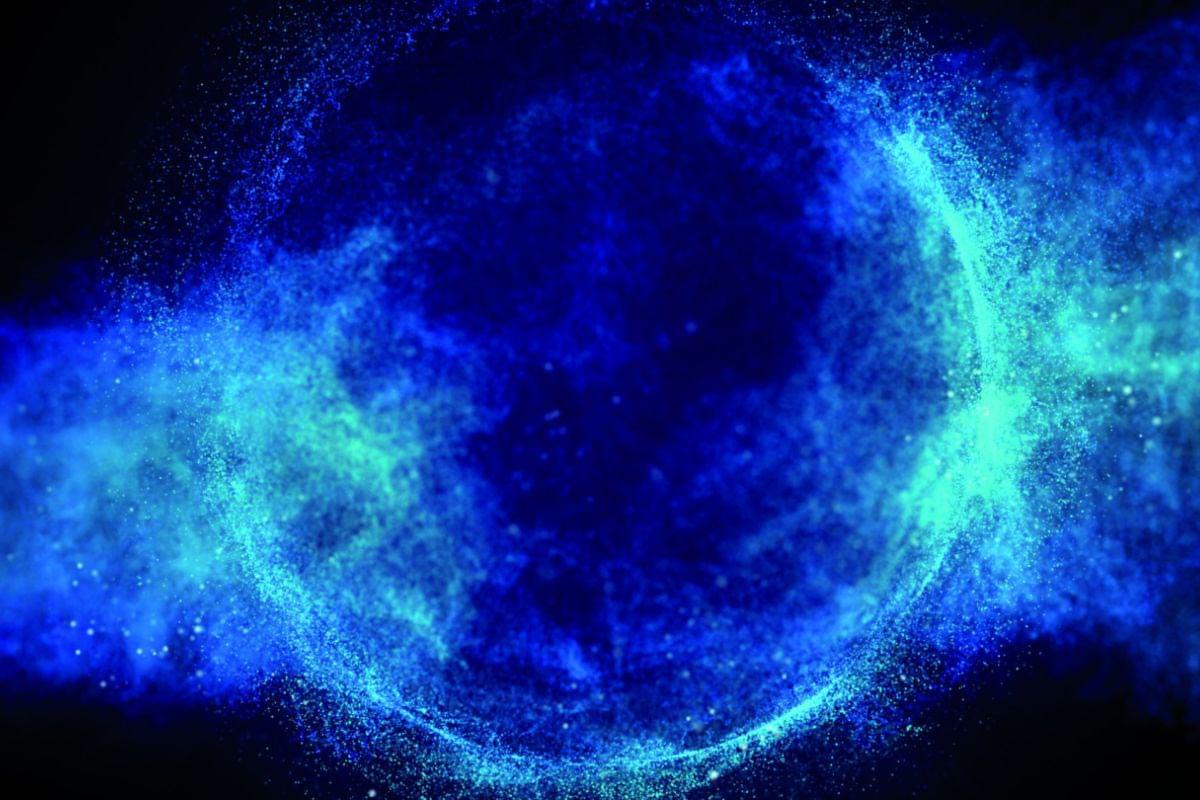The universe occasionally produces a huge surprise that proves physicists wrong, says Kip Thorne, who grew up in Logan, Utah, with Elder Quentin L. Cook and Merlin Olsen.




A team of astronomers say they may have detected dark matter, the invisible substance thought to make up over 85 percent of all matter in the universe, for the first time in history.
The claim is controversial, and the findings, published in a new study in the Journal of Cosmology and Astroparticle Physics, will need to be borne out by further observations. But at least until it gets picked apart by other physicists, it’s one of the most exciting developments in the hunt for this omnipresent specter haunting the cosmos.
“This could be a crucial breakthrough in unraveling the nature of dark matter,” study author Tomonori Totani, an astronomer at the University of Tokyo, told The Guardian.

When a plate drops or a glass smashes, you’re annoyed by the mess and the cost of replacing them. But for some physicists, the broken pieces are a source of fascination: Why does everything break into such a huge variety of sizes? Now, Emmanuel Villermaux at Aix-Marseille University in France and the University Institute of France has come up with a simple, elegant law for how objects shatter, whether they are brittle solids, liquid drops, or exploding bubbles.
Scientists have long suspected that there was something universal about fragmentation. If you count how many fragments fall into each size range and make a graph of that distribution, it would have the same shape regardless of the object that shattered.

Heraclitus famously argued that you can’t step into the same river twice. Here, philosopher JB Manchak argues that the whole universe is like that – and that such a universe has some interesting knock-on consequences. One being that although one can add more structure to a Heraclitus spacetime – by adding a big sign saying “here is the centre of the universe!” What one can’t do, Manchak argues, is reduce symmetries in a Heraclitus spacetime by adding such a sign. To illustrate the point, imagine the universe is a giant puzzle in which each event in space and time is a piece. In a non-Heraclitus universe, some pieces would be able to fit in several places. But in a Heraclitus universe, Manchak argues, there is exactly only one way to put the puzzle pieces of the universe together.
The ancient Greek philosopher Heraclitus is known for his theory of constant flux: “It is not possible to step twice into the same river.” It turns out that one can explore this idea within the context of Einstein’s general relativity. A four-dimensional “Heraclitus spacetime” is a model of the universe in which no two events have the same structure. This means that such models exhibit a radical type of spacetime asymmetry.
In what follows, I will first introduce the notion of Heraclitus spacetime within general relativity. To do this, a few basic definitions will be needed as well as a related discussion of spacetime symmetries. Next, I will highlight a curious result: if a model universe has the Heraclitus property, then its local structure completely fixes its global structure as well. In other words, bits of information encoded at each event allow one to piece together what the universe is like in its entirety (e.g. its shape). Finally, I will sketch a way in which the radical asymmetry present in a Heraclitus spacetime can be used to clarify a number of other topics in the philosophy of spacetime physics.

Acoustic frequency filters, which convert electrical signals into miniaturized sound waves, separate the different frequency bands for mobile communications, Wi-Fi, and GPS in smartphones. Physicists at RPTU have now shown that such miniaturized sound waves can couple strongly with spin waves in yttrium iron garnet. This results in novel hybrid spin-sound waves in the gigahertz frequency range.
The use of such nanoscale hybrid spin-sound waves provides a pathway for agile frequency filters for the upcoming 6G mobile communications generation. The fundamental study by the RPTU researchers has been published in the journal Nature Communications.
Surface acoustic waves (SAWs) are ubiquitous. They unleash destructive power in the form of earthquake waves but are also at the heart of miniaturized frequency filters that are used billions of times for GHz-frequency mobile communication in smartphones.


Exceptional points (EPs) are non-Hermitian singularities where two or more eigenstates coalesce, resulting in the eigenspace collapsing in dimensionality. Over the past decade, researchers have uncovered a wealth of exotic phenomena near EPs.
In laser physics, for example, EPs have been linked to pump-induced laser termination, loss-induced lasing, and the design of quasi-parity-time-symmetric laser systems that boost the output power of large-area lasers while preserving single-mode operation.


UT researchers have made rare measurements of exotic nuclear decay that reshape how scientists think heavy elements form in extreme cosmic events.
You can’t have gold without the decay of an atomic nucleus, yet the details behind that transformation have long been difficult to confirm. Researchers in nuclear physics at UT have now reported three key findings in a single study that clarify important parts of this process. Their work offers new guidance for developing models that explain how stars create heavy elements and may improve predictions about the behavior of exotic, short-lived nuclei found across the universe.
The Physics of Bling.